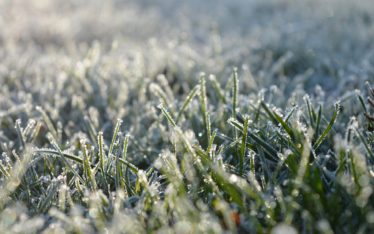Crafting with glossy materials can transform ordinary projects into stunning pieces of art. The sheen and reflection of glossy surfaces add sophistication and interest to any creation. Whether you are a seasoned crafter or a beginner, understanding how to effectively use glossy materials can elevate your projects.
Understanding Glossy Materials
Before diving into crafting, it’s crucial to understand the various types of glossy materials available. These can range from high-gloss paper and cardstock to acrylic sheets and even glossy fabrics.
Each material has its own unique properties and best uses. For instance, acrylic sheets are perfect for creating durable, light-catching pieces, while glossy paper is ideal for scrapbooking and card making.
Choosing the Right Material
Selecting the right glossy material for your project depends on the desired outcome. Consider factors like durability, flexibility, and weight.
For 3D projects or items that will be handled frequently, sturdier materials like acrylic are advisable. For flat projects like greeting cards, glossy paper or cardstock is suitable.
Tools and Techniques
Working with glossy materials requires specific tools and techniques to ensure a clean, professional finish. Use sharp scissors or a craft knife for precise cutting. Opt for strong adhesives that dry clear to avoid visible marks when glueing.
Crafting With Gloss
Now, let’s dive into the crafting process. Remember, embracing their unique qualities is the key to successfully crafting with glossy materials.
Incorporating Gloss Into Your Designs
Integrate glossy materials into your designs thoughtfully. Use them to highlight certain elements or to add contrast. For example, combining matte and glossy textures creates an interesting visual dynamic.
An exciting aspect of working with glossy materials is the ease of manipulation. For example, Simply Plastics offers a range of acrylic sheets that can be cut, bent, and shaped to fit any project. Their reflective surfaces catch light beautifully, making them a popular choice for decorative items.
Experimenting With Light and Reflection
Glossy materials play wonderfully with light. Place your creation in different lighting conditions to see how it changes, and consider this in your design process. The way light reflects off a glossy surface can add an unexpected dimension to your craft.
Advanced Techniques
As you become more comfortable with glossy materials, you can explore advanced techniques.
Layering
Create depth by layering different glossy materials. This technique works well in scrapbooking and card making, where you can layer glossy paper cutouts for a 3D effect.
Mixed Media
Don’t hesitate to mix glossy materials with other textures. Combining glossy and matte textures, or even incorporating fabric and metal, can produce fascinating results.
Heat Embossing
Heat embossing on glossy paper can create stunning, raised designs with a shiny finish. This technique is ideal for adding sophisticated details to cards and invitations.
Inspiration and Ideas
Looking for project ideas? Here are a few to get you started:
- Glossy Photo Collages: Use high-gloss photo paper to create vibrant collages.
- Decorative Acrylic Pieces: Cut and shape acrylic sheets for modern home decor.
- Embossed Greeting Cards: Add a touch of elegance to cards with heat embossing on glossy cardstock.
Crafting Responsibly
Always consider the environmental impact of your materials. Look for recyclable or eco-friendly options when possible, and dispose of any waste responsibly.
A Glossy Finish: Reflecting on the Craft
Crafting with glossy materials opens up a world of creative possibilities. Whether it’s the reflective elegance of acrylic or the sheen of glossy paper, these materials can bring a unique dimension to your projects.
Experiment, have fun, and remember that the key is to let the material’s natural beauty shine through. Your creations are not just crafts; they reflect your creativity and the stunning effects that can be achieved with a simple touch of gloss.






